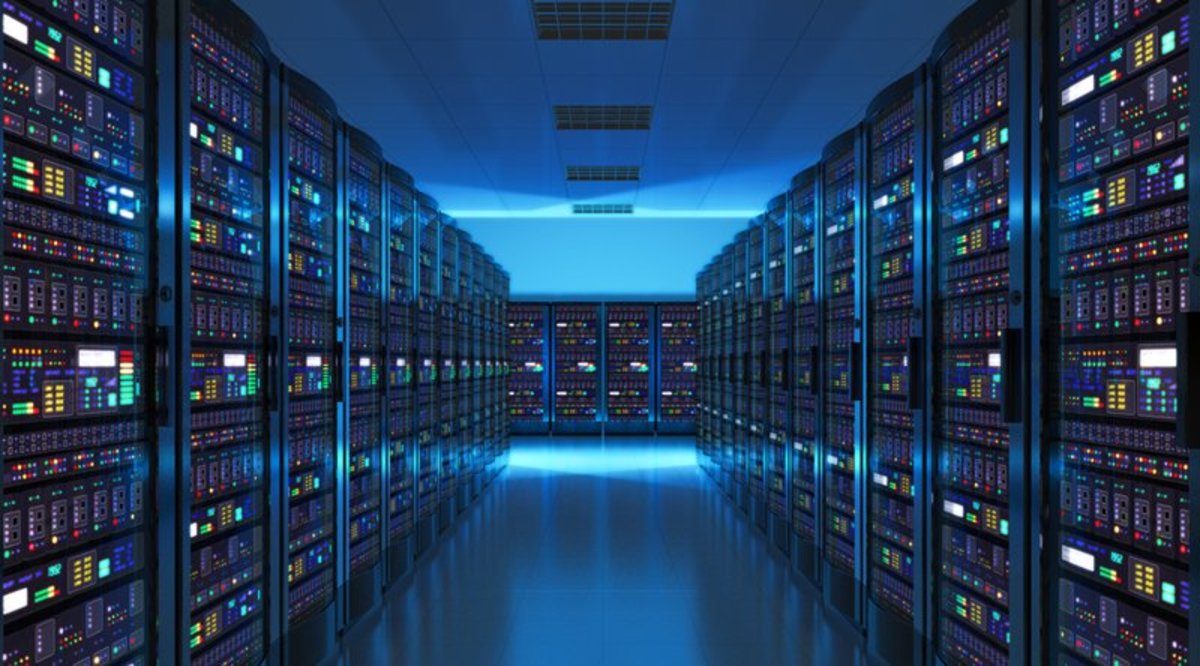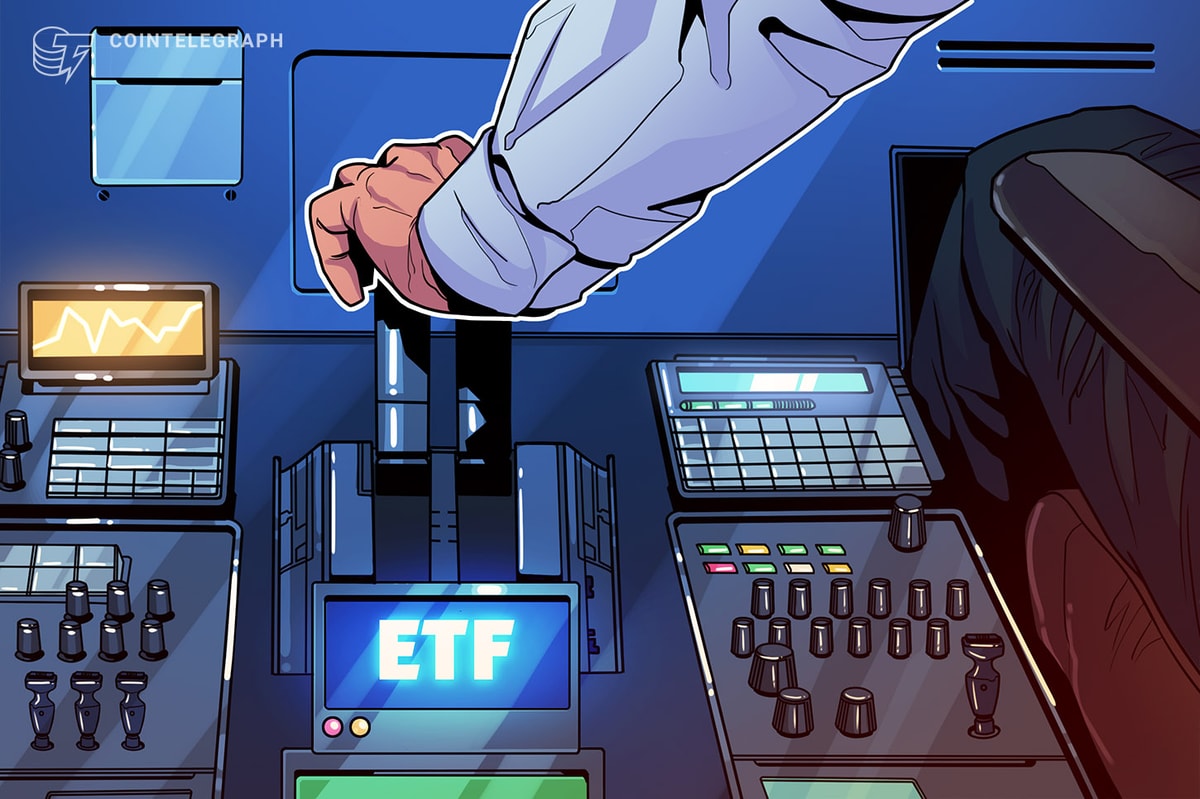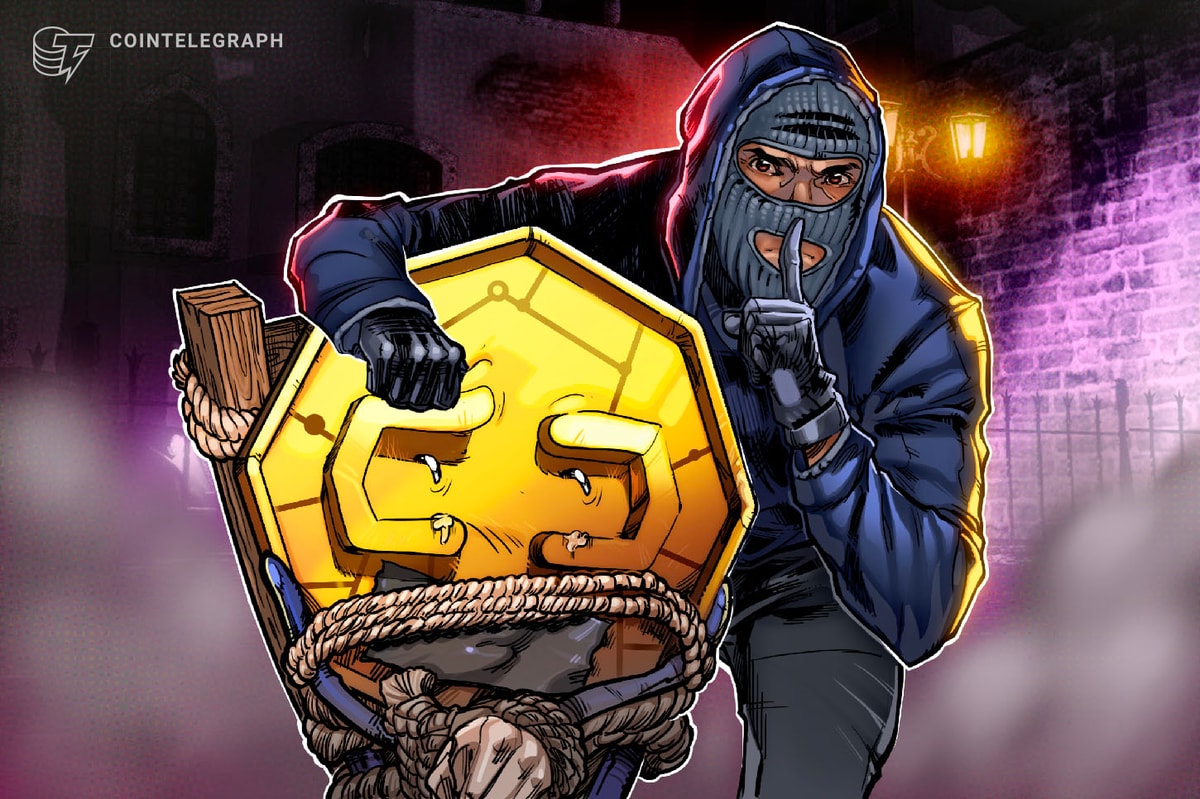
For many, Bitmain’s recent announcement of the realization of a major data center in northwestern China served as a reminder of the level of mining centralization in Bitcoin. Although the Beijing-based company will not own the entire complex, and the whole facility will not necessarily be dedicated to bitcoin mining, in theory over half of all hash power securing the Bitcoin network could be concentrated in a single data center.
For some, this is reason for concern. If bitcoin mining is dominated by one or even several data centers, these could represent a single point of failure — something Bitcoin was specifically designed to avoid.
Much of Bitcoin’s future may therefore depend on a reversal of the trend toward further centralization. And there is reason to believe the trend may indeed reverse.
Centralization Concerns
In 2009, the first year of Bitcoin’s existence, there was little difference between running a node and mining. The typical Bitcoin-Qt wallet allowed regular users to invest spare CPU power to try and earn some coins.
By the end of that year it was first suggested that GPUs — mining with video cards — could be more effective. In response, Bitcoin’s inventor asked users to refrain from doing so — at least for the time being.
“If everyone bought faster machines, they wouldn't get more coins than before,” Satoshi Nakamoto wrote on Bitcointalk. “We should have a gentleman's agreement to postpone the GPU arms race as long as we can for the good of the network. It's much easier to get new users up to speed if they don't have to worry about GPU drivers and compatibility.”
Regardless, the shift towards GPUs occurred throughout 2010. And with it, bitcoin mining increasingly shifted from regular users to dedicated specialists. Setting up mining rigs in basements and attics, a lot of these specialists started out as hobbyists. Over time, however, the competitive nature of mining ensured only the most efficient of them remained profitable.
The introduction early in 2013 of field-programmable gate arrays (FPGAs) was a first real step towards the professionalization of mining. From 2013 onward, application-specific integrated circuit (ASIC) chips really changed the game. The specialized hardware, which required a significant investment to produce, transformed the mining ecosystem into an industry.
This is when data centers became an attractive option. It makes sense to have few specialists oversee large mining farms for maintenance; and it helps if the facility is well-suited for mining — for example, if it is dust-free.
A more important factor in favor of data centers was the exceptional pace of improvement of ASIC chips. The lifespan of mining hardware can be as short as several months, when it gets made obsolete by a newer generation. This means that mining equipment should ideally be put to work in the near vicinity of the chip production factory.
As Andreas Antonopoulos explained at the d10e conference in San Francisco last summer:
“If you try to put [an ASIC miner] on a ship [from China] and take it across water, it leaves your shores as fantastic mining equipment and arrives in California as scrap metal three months later.”
But one factor in favor of data centers probably trumps all others. Since proof of work in essence amounts to burning energy, low cost electricity is vital. Unsurprisingly, bitcoin mining is often concentrated near power plants with excess energy production, in areas where power is subsidized by governments, or where miners are able to strike a good deal with local energy producers.
Back in 2014, R3CEV’s Director of Market Research, Tim Swanson, wrote in Bitcoin Magazine:
“[M]iners in China … have found the right people to partner with (at least for the moment). One such team is working within the current system and has access to a double digit megawatt power facility, which when coupled together with 3rd party chips, the production costs of which are less than $2.00 / gigahash.”
Mining at Home
But the trend toward centralization may reverse.
Speaking at the Web Summit 2014 in Dublin, former Bitcoin Core lead developer Gavin Andresen argued:
"Centralization of mining is going to go in waves. Now you see economies of scale for companies that create huge mining farms where electricity is inexpensive. Once those [ASIC] chips become commodities and inexpensive, you'll see it decentralize again."
Indeed, the rapid technical improvement of ASIC chips has been slowing down. Last year, 21 Inc. CEO Balaji Srinivasan wrote on his company website:
“Now that mining chips are typically manufactured at the latest process nodes, further improvements in mining chips will not come fast and furious as they did over the March 2013 – October 2014 time period. Instead they will be gated by the 18-24 month wait of Moore's law — just like CPUs.”
Perhaps unsurprisingly, therefore, Bitmain recently started selling the Antminer R4, which makes less noise than typical miners and is specifically designed for in-home use. And BitFury ships the BlockBox, a shipping container-sized mobile data center.
And home mining does have some cost advantages over data centers as well. Perhaps most obviously: storage is free. And while data centers are indeed still at an advantage when it comes to energy-costs, this may very well change in the future.
Blockstream mathematician Andrew Poelstra explained in a paper published last year:
“China’s increasing wealth is causing their regulatory and environmental costs to come in line with Western nations; there will also be pressure against this sort of monopolistic behaviour,” Poelstra wrote. “Highly centralized power production is inefficient because of line losses. As technology, such as solar power, matures, it will be possible to produce power more locally with lower startup costs and less dependence on geopolitical factors.”
One other big benefit home miners have over professionals: they don’t necessarily need to turn a profit. Some hobbyists or idealists may want to support the network, simply because they enjoy it at break-even rates or at a small cost.
21 Inc.’s Srinivasan, furthermore, thinks regular users will be willing to “swap” electricity to get small amounts of bitcoin, as this is potentially useful for micropayments.
Srinivasan explained on his company website:
“[W]e may be able to distribute mining chips with CPUs, as a new kind of co-processor — much like GPUs or networking cards added new functionality to complement CPUs ... We think that the next step after pooled data center mining is massively distributed and decentralized mining, such that millions of mining chips worldwide each generate a small stream of bitcoin.”
Somewhat similarly, Bitmain recently introduced the AntRouter R1. This router serves as a typical wireless networking device, but with an embedded mining chip. Mining with the device is explained as entering a “bitcoin lottery” held once about every ten minutes: lucky winners can hit a jackpot of at least 12.5 bitcoins. While entering this lottery may not be profitable on average — lotteries never are — it can still be fun to participate.
Heat Generation
But the most important factor in favor of home mining over data centers is probably heat.
As Poelstra explained in his paper, “[I]t is easier for two physically-separated actors to dissipate heat than for just one. Therefore, in the thermodynamic limit we have a physical incentive for decentralization.”
Crammed in rows and full racks in data centers, heat generated by ASIC miners requires extensive cooling to remain functional. Which, in turn, requires additional electricity.
At home, on the other hand, the heat generated by miners can actually be beneficial. Since all power consumed by these machines ends up as heat, they are fine substitutes for electric space heaters. Not only would these miners consume the same amount of electricity a space heater would have consumed otherwise, they provide the added benefit of generating an income in bitcoin.
Gavin Andresen suggested the future may even witness bitcoin mining equipment that utilizes the generated heat for household equipment, like electric blankets. And indeed, at least one startup — hotmine.io — is currently offering water boilers and other household products that mine bitcoin.
Still, some remain skeptical. Speaking to Bitcoin Magazine, Bitmain’s international marketing manager Nishant Sharma said:
“The idea of a space heater-cum-bitcoin miner has been around since 2010, or even before. But we haven't seen this idea being successfully realized in a consumer product yet. This is most likely because it is difficult for such a product to be competitive in either mining or space heating.”
Thanks to Jop Hartog for added information.










